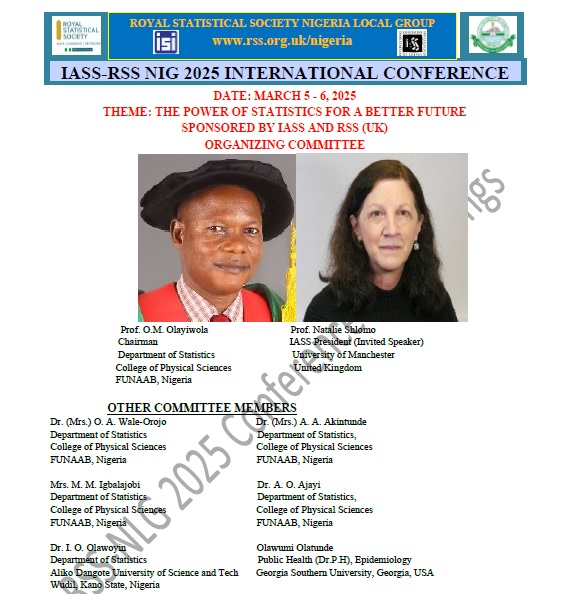MODELLING AIRQUALITY OF ILORIN, KWARA STATE WITH FAMILY OF XLINDLEY DISTRIBUTION
Abstract
Ozone, a major component of smog, forms through chemical reactions involving pollutants like volatile organic compounds and nitrogen oxides, primarily from vehicle emissions and industrial activities. As a key air quality indicator, high ozone levels pose environmental and health risks, causing respiratory issues such as asthma and bronchitis while increasing cardiovascular disease risk. This study proposes the Generalized XLindley Distribution to model ozone levels in Ilorin, Kwara State, and compares it with the Exponential-Lindley, Quasi XLindley, and Inversed XLindley distributions. The Kolmogorov-Smirnov test was used to assess goodness-of-fit, while parameter estimation was performed using the Maximum Likelihood Estimator and the Method of Moments. A simulation study explored model behavior across varying parameters, with survival and hazard functions analyzed for deeper insights. Model selection criteria, including AIC, AICC, BIC, and HQIC, were applied to evaluate efficiency. The Generalized Xlindley Distribution outperformed competing models, providing a more accurate fit. These findings enhance statistical modeling of air pollution data, improving air quality assessment and prediction in urban settings.
Keywords: Weighted Distribution, Xlindley distribution, Maximum Likelihood Estimation, Ozone, Airquality
INTRODUCTION
